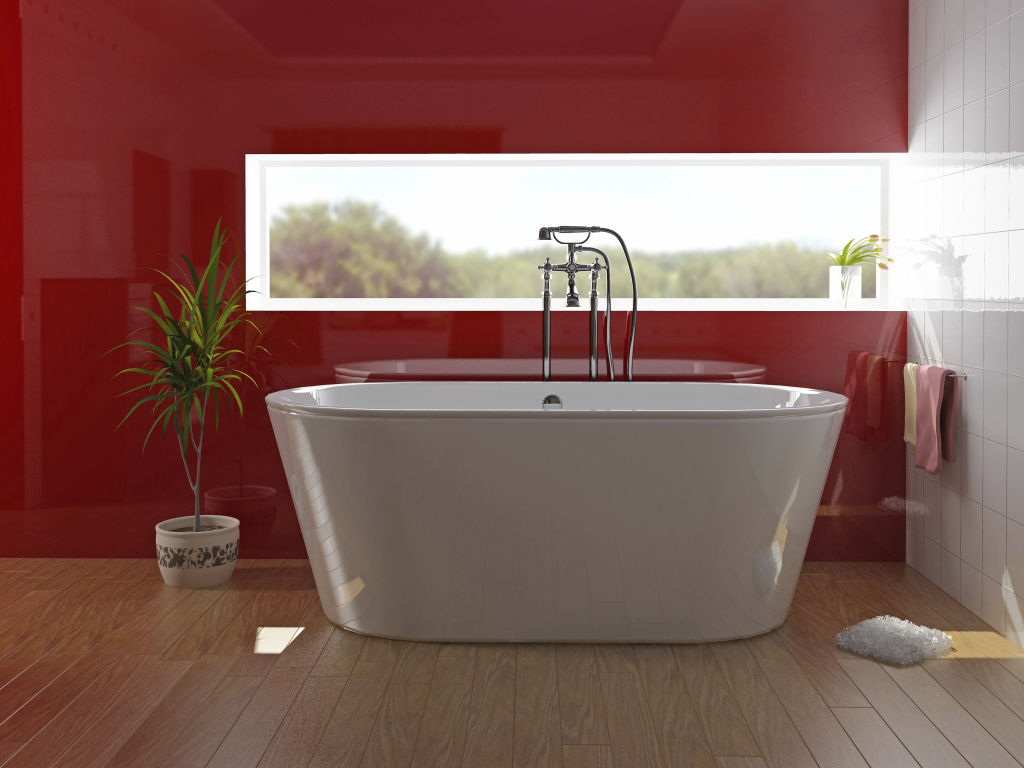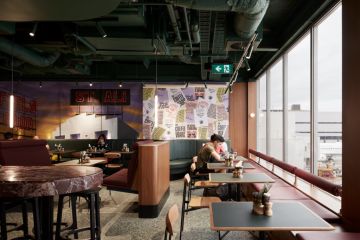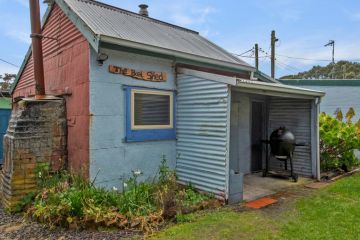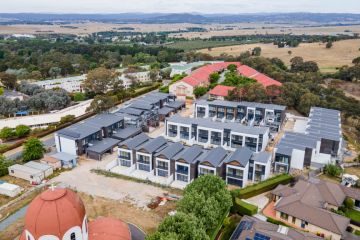Six of the most common bathroom renovation mistakes

Bathroom renovations are both thrilling and challenging. On the upside, once transformed, using a beautifully designed bathroom can be an indulgent experience. On the downside, renovating a bathroom can often be trickier than expected. This is because of its very nature: a wet room that integrates multiple services into a relatively small space.
In our Bathroom Renovation Guide, we consulted the industry experts across design, building, plumbing, tiling and real estate management to give you in-depth guidance on getting the best bathroom renovation results.
Here are our top six pointers from the experts.
1. Ensure your bathroom is waterproofed correctly
Waterproofing failure is one of the top three building defects in Australia, yet in some states waterproofers do not require a licence. The Australian Master Tilers Association (AMTA) is currently campaigning for greater regulation in the waterproofing industry.
“All waterproofing should be completed to the AS 3740-2010 Waterproofing of domestic wet areas standard,” says Nathanael Forster of the AMTA. “In some states you don’t need to be licensed, which is ridiculous. Only ever use a licensed tradesperson who has completed the appropriate training – otherwise, you can’t blame anyone if something goes wrong.”
2. Don’t overcapitalise
If you’re renovating to sell or to attract tenants, remember not to over-invest in improvements.
“Bathroom renovations can definitely add value, but it’s also easy to overcapitalise, as these are the most expensive spaces to build and renovate due to the range of trades, special finishes, (such as waterproofing) and range of fittings and fixtures (including basins, toilets, taps and so on),” says Cameron Frazer from Ask An Architect, the building advisory service of the Australian Institute of Architects.
Hayden Groves, Deputy President of the Real Estate Institute of Australia, says a renovated bathroom is definitely something buyers will pay for if it’s in keeping with the overall quality of the home. “It’s important that you don’t over-improve the bathroom at the expense of the rest of the dwelling, and everything should be kept in context.”
3. Use compliant products
Choosing your bathroom fixtures and finishes is the exciting part – they determine how your bathroom will look and feel. But, along with trying out the fixtures in the showroom and checking the finishes in person before you buy them, it’s important to check they comply with Australian standards.
“More and more building materials are being imported, and in many cases the most cost‑effective options for clients come from China or other developing economies,” says Wilhelm Harnisch, Chief Executive of Master Builders Australia. “It’s much harder to determine in advance whether these products comply with Australian standards and regulations around energy and safety – and, if they do comply, whether they are good products. Even the ones that aren’t faulty can be problematic on another basis, like installation.”
Talk to your designer, builder or trade specialist about the products you want to order to ensure they meet standards and won’t cause any issues.
4. Hire licensed tradespeople
Always engage the services of a registered and insured tradesperson. This not only applies to plumbing and electrical work – which must be conducted by a licensed practitioner and then certified – it also applies to builders, tilers, plasterers, architects and designers.
By taking this step you will be legally and financially covered if there is a problem with the job. It is also less likely that the work will be defective. Accredited and qualified trade professionals are required to keep up to date with the latest product innovations, the Building Code of Australia and the related standards, and local government regulations.
You can check trade licences and registration with your local government authority. And for extra peace of mind, consider using a member of an established industry body.
5. Prepare for asbestos
When renovating your home, always be prepared for the presence of asbestos, particularly in homes built before 1984. Asbestos is commonly found in bathroom walls, floors and ceilings, so make sure you consult your builder or designer about the potential presence of asbestos and, if found, organise a licensed asbestos handler to remove it.
6. Plan your renovation
Creating a bathroom renovation timeline will help you plan and budget properly.
If your bathroom requires structural changes – such as removing a wall, adding a window or significantly changing utilities – you will require a building permit. Your building plans will need to be drawn up and submitted by a registered building practitioner (an architect, registered builder or building designer).
Other processes that can add time to your bathroom renovation include removing asbestos, and ordering and installing special finishes and fixtures. If you live in a one-bathroom household, you may also need to organise alternative accommodation during installation, which can take anywhere between one and two months.
We recommend
States
Capital Cities
Capital Cities - Rentals
Popular Areas
Allhomes
More
- © 2025, CoStar Group Inc.








